Samsung Galaxy S7 Edge: Best smartphone to buy at present
Latest high-end Android phone raises bar for screen, camera and speed, while bringing back such fan favourites as waterproofing, expandable storage and decent battery life
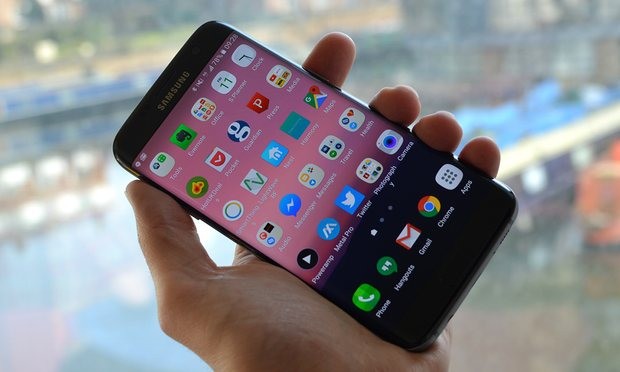
Samsung’s latest smartphone takes the best bits of last year’s Galaxy S6 and combines them into a curved phablet with the dimensions of a normal-sized phone.
Curved screen, metal, glass and waterproof
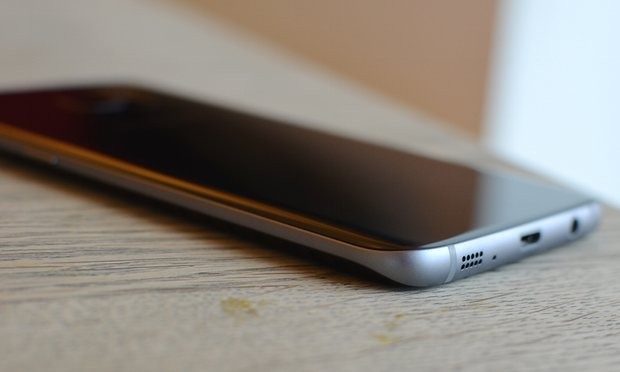
Last year saw a dramatic shift in design for Samsung. Out went derided plastic and in came premium materials: glass and metal. The Galaxy S6 came in a regular flat version and one called “Edge” with a screen with curved on the left and right edges.
It is this version that the Galaxy S7 Edge takes its design from. Side-by-side they look barely any different apart from a bigger screen – 5.5in to the older 5.1in – and the back now has rounded edges.
In the hand it feels fantastic, much more comfortable and easier to hold. On the table it looks like a well-crafted piece of technology should.
The curved edges and minimal bezel of the 5.5in phone make the S7 Edge one of the physically smallest phablets to date. It is narrower than many smartphones with much smaller screens and is shorter too. It makes it really easy to use, particularly next to Apple’s iPhone 6S Plus, which feels massive and unwieldy in comparison.
For comparison, the Galaxy S7 Edge is 72.6mm wide with its 5.5in screen, which is the same width as the Nexus 5X with its smaller 5.2in screen, 5.2mm narrower than the 5.7in Nexus 6P and 5.3mm narrower than 5.5in iPhone 6S Plus with the same size screen. That half a centimetre makes a big difference in ease of handling.
The screen is the best I’ve ever seen fitted to a smartphone. Period. It’s pin-sharp with deep blacks and rich colours. It has a great range of brightness, taking it from really very dim to bright enough to see in direct sunlight. Samsung’s AMOLED screens have always been excellent. The S7 Edge has set a new bar.
S7 Edge is waterproof to IP68 standards meaning 1.5m for 30 minutes in fresh water. This time, however, all the ports are open and do not require fiddly plugs.
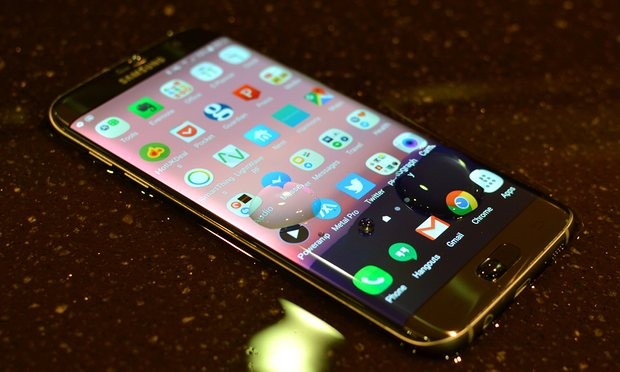
Specifications
- Screen: 5.5in quad HD AMOLED (534ppi)
- Processor: octa-core Samsung Exynos 8890 or quad-core Qualcomm Snapdragon 820
- RAM: 4GB of RAM
- Storage: 32GB + microSD card
- Operating system: Android 6.0.1 with TouchWiz
- Camera: 12MP rear camera with OIS, 5MP front-facing camera
- Connectivity: LTE, Wi-Fi, NFC, wireless charging, Bluetooth 4.2 and GPS
- Dimensions: 150.9 x 72.6 x 7.7 mm
- Weight: 157g
Two processors
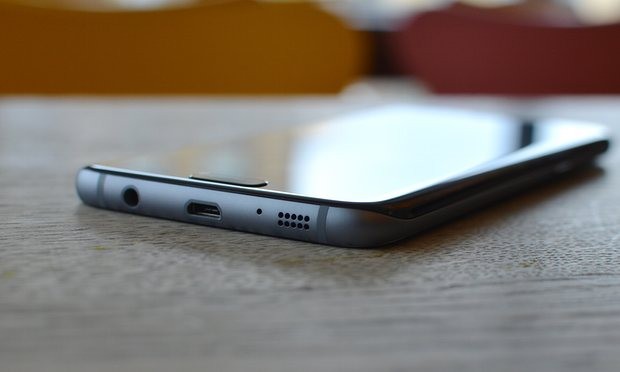
The S7 Edge will be available with two different processors, depending on the country. In the UK and Europe, the phone will come with Samsung’s own Exynos 8890 octa-core processor.
In the US and other regions, the S7 Edge will come with Qualcomm’s most powerful chip, the Snapdragon 820. Benchmarking indicates the Snapdragon 820 is more powerful than the Exynos 8890, particularly its graphics power.
The version used for this review is a UK variant with an Exynos 8890.
The S7 Edge is the snappiest smartphone I have used to date and flies through program loading, switching between apps, games and image processing without breaking a sweat.
It will likely handle anything you can throw at it. The Snapdragon 820 should perform similarly. Both have 4GB of RAM, which helps with multitasking.
Long battery and fast charging
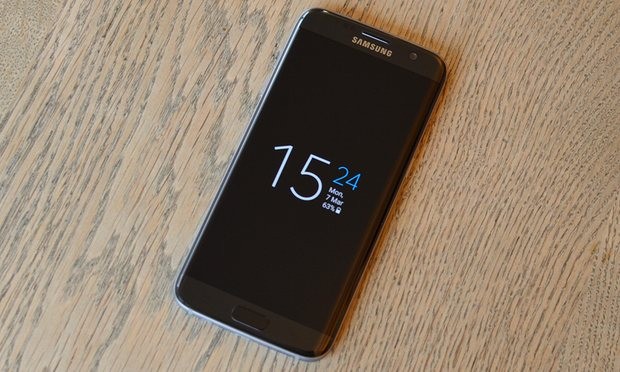
The S7 Edge is one of the fastest charging smartphones available, and while it doesn’t support the new USB-C connector it has both quick charging and wireless charging.
The relatively large battery charged from 25% to 100% in 90 minutes via a Qualcomm Quick Charge 2.0 USB power adapter, and wirelessly charged at a rate of 0.5% a minute using a 5W pad built into a piece of Ikea furniture. Using Samsung’s latest wireless chargers should be even faster, but one is not included in the box.
The battery life of the S7 Edge was excellent, easily lasting over a day and a half without any special treatment. Using it as my primary device, listening to four hours of music via Bluetooth headphones, browsing and using apps for three hours with hundreds of push emails and 30 minutes of light gaming, the S7 Edge would see me from 7am on day one until 7pm on day two.
The Edge has Samsung’s new always-on screen, which displays the time, a calendar of a picture on the screen when it isn’t actively being used. Samsungsays it’ll use less than 1% of the battery an hour. In my testing using the digital clock option the phone dropped just 2% battery in 8 hours overnight, which is very impressive.
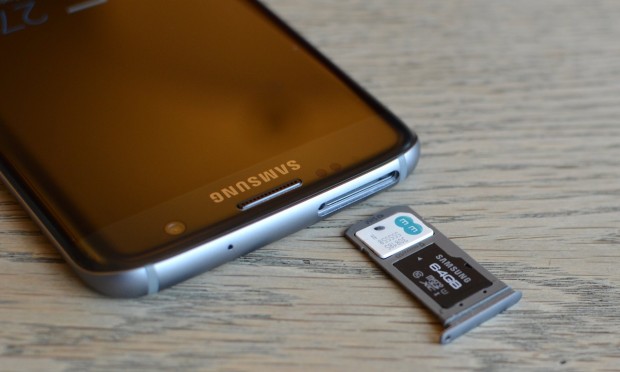
The always-on screen shows call and text notifications, but not much else. I wear a watch, so didn’t find it useful, but it should be significantly more battery-efficient than constantly turning the phone on to check the time.
The S7 Edge has a microSD card slot for adding more storage – the return of a fan favourite – but Samsung chose to stop it being part of what Google calls “adoptable storage”. It means the SD card shows up as a separate volume for storing files such as music or photos, but there are limits on what can and can’t be stored on it, unlike when it is adopted as part of the main storage of the phone.
For instance, some apps can’t be installed on the SD card and some media services don’t allow content to be stored on it, meaning you’re restricted to using the 32GB of built-in storage.
TouchWiz
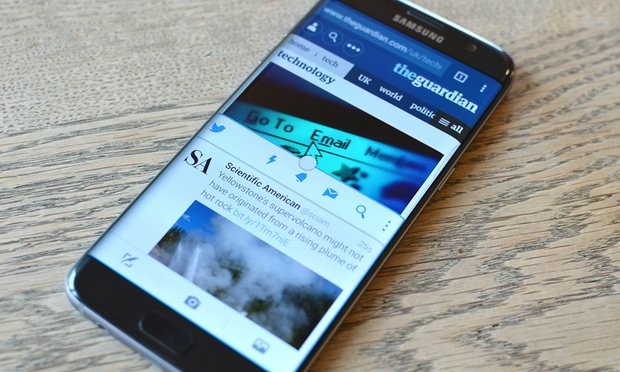
Samsung modifies the standard Android experience, this time Android 6.0 Marshmallow, with customised software called TouchWiz.
The Korean company has been criticised over the years for complicating the excellent standard Android with unnecessary features and bloat, slowing it down and making it worse, not better.
TouchWiz is still heavily customised on the S7 Edge, but it is no longer bloated, which means it runs as smoothly as you’d hope. It has few a gimmicky features, but they are not activated by default and are hidden behind an experimental menu that asks users for feedback on whether they’re useful. Listening to consumers is a good thing.
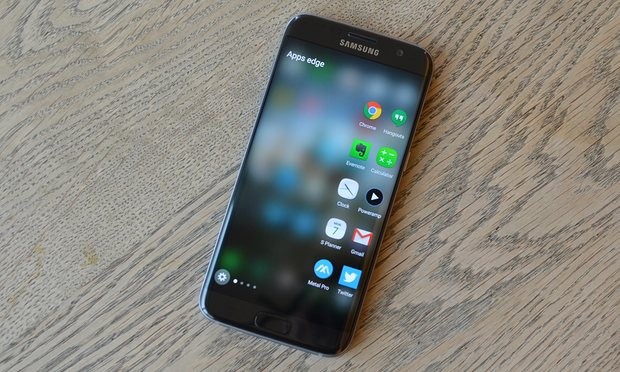
Most of Samsung’s modifications are good: more quick settings, more power-saving modes, extensive control over notifications including the power of the vibration.
The Upday social news aggregator panel on the homescreen (which replaced Flipboard on earlier Samsung phones) can be turned off. I didn’t find it useful.
The S7 Edge comes with a variety of Facebook and Microsoft apps pre-installed, the majority of which I would install normally anyway. They can’t be uninstalled, but can be disabled. I disabled the Facebook app and installed Metal instead.
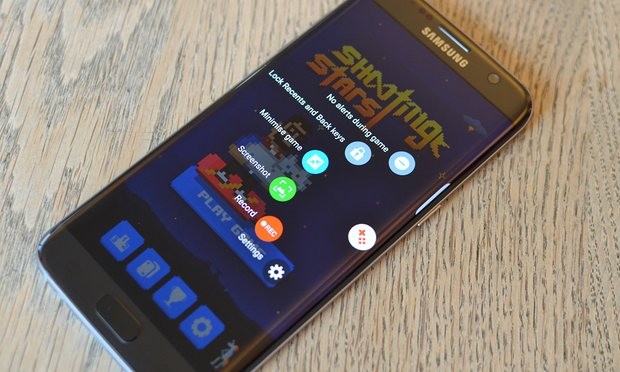
The edge software includes a wider panel over last year’s S6 Edge. It’s useful for app shortcuts or for quickly calling common contacts, but little beyond that. It can be disabled if you never use it, but doesn’t get in the way.
The gaming tools are quite useful. They can record game footage, stop notifications or buttons from disrupting play and can limit the smartphone’s performance to save battery power. You can even minimise a game without pausing it, which could be useful for those that play games such as Clash of Clans or similar.
Camera
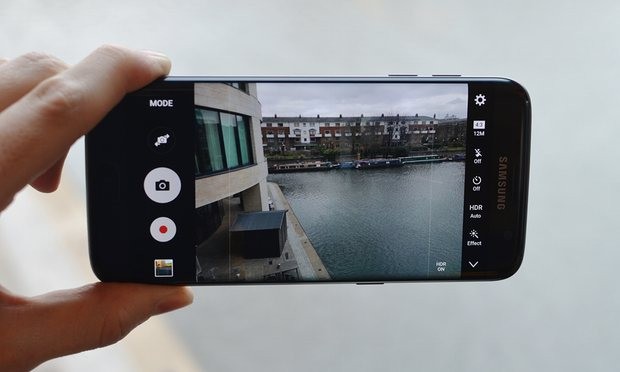
Samsung’s cameras have been very good over the years, but the one fitted to the Galaxy S7 Edge is a cut above. The 12-megapixel sensor produces detailed, rich images and focuses so fast you think it’s broken. But it is the low-light performance that sets it apart from the rest, producing some of the best blur-free images in poor light of any smartphone.
Given most of us take photos in poor light most of the time, particularly in grey Britain, that’s important. The lens has an f-stop of 1.7, making it very fast, but also able to produce stunning close-up images with lovely bokeh effects blurring out the background with pleasing colours, which is particularly good for taking portraits or images of objects. Food photographers will love it.
The 5-megapixel selfie camera is slightly disappointing. It produces very soft images that lack fine detail, even without the various beauty modes on. Some might find the images flattering, smoothing over blemishes, but blown up to full size they’re far too soft for my tastes.
Observations
- The screen is super sensitive to touches compared to many other devices
- The fingerprint scanner is excellent
- Don’t plug it in to charge it when it’s wet – it’s waterproof, but the ports need to dry before charging
- The phone does not float
- The LED notification light is useful (and a dying breed with modern smartphones)
- Your palm touches the back and recently used apps buttons quite easily and takes a bit of getting used to
- The camera app is one of the best available on Android – excellent in full auto, but with enough settings to do it all yourself too
- Samsung Pay will come to the UK this year, including the S7 Edge
- Ultra power saving mode more than doubles battery life, but only allows limited functionality when active. Great for long trips without a plug
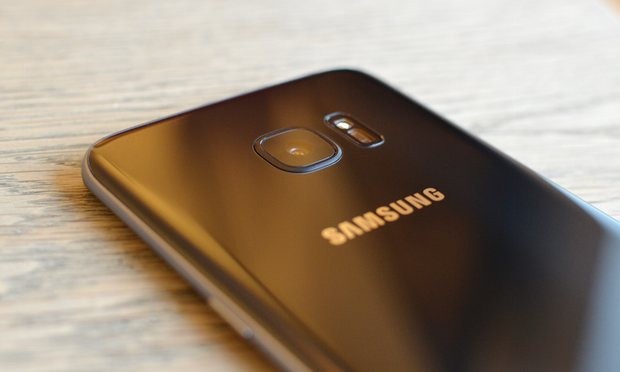
Price
The Samsung Galaxy S7 Edge comes in gold or black but only with 32GB of storage costing £639.
For comparison, the Google Nexus 6P costs £449 with 32GB of storage, the 16GBApple iPhone 6S Plus costs £619 and the slightly larger Samsung Galaxy S6 Edge+costs £520.
Verdict
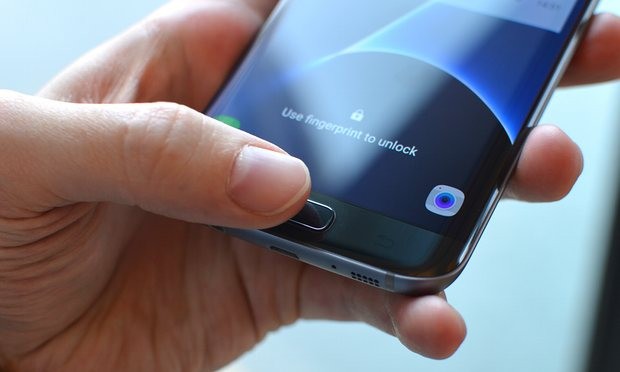
The Samsung Galaxy S7 Edge is the best smartphone money can buy at the moment. The year has only just begun, but the bar has been set very high indeed.
The screen is fantastic, the phone is very fast, the battery lasts almost two days, it’s waterproof, has a microSD card slot, a brilliant camera and wireless charging – there’s a lot to love.
But it is the curved screen edges that give the S7 Edge its, umm, edge. It makes this 5.5in phablet feel more like a 5in phone. It’s more manageable all-round and is barely any wider than much smaller phones. It makes its chief rival the iPhone 6S Plus look positively porky in comparison.
It’s not quite perfect – the microSD card isn’t as useful as it could be and it won’t get updates as fast as a Google Nexus – it doesn’t break the mould or do anything revolutionary either, but it’s as good as a smartphone gets right now.
Pros: a phablet that is as easy to use as a 5in phone, fast, great screen, long battery, fast and wireless charging, brilliant camera, microSD card slot, waterproof, good fingerprint sensor
Cons: battery isn’t removable, microSD card isn’t used as adopted storage, won’t get software updates as fast as Nexus devices, expensive
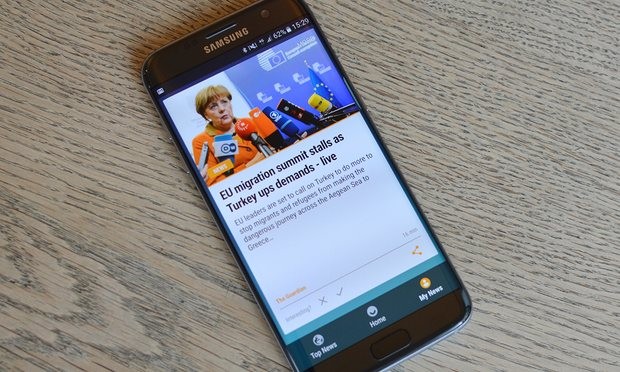
How to submit an Op-Ed: Libyan Express accepts opinion articles on a wide range of topics. Submissions may be sent to oped@libyanexpress.com. Please include ‘Op-Ed’ in the subject line.
- AU pushes for lasting truce after Tripoli clashes - May 24, 2025
- Libyan entities dispute financial transfer allegations - May 24, 2025
- Amnesty demands release from Sudan’s Tripoli embassy - May 24, 2025


